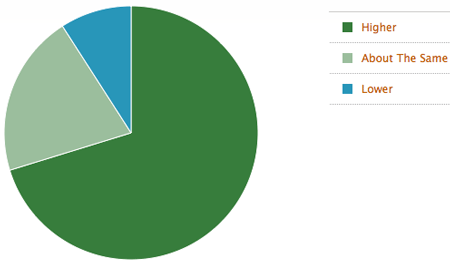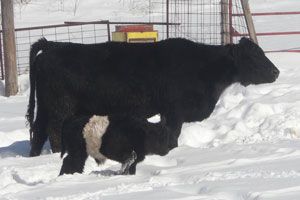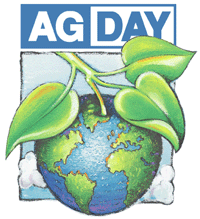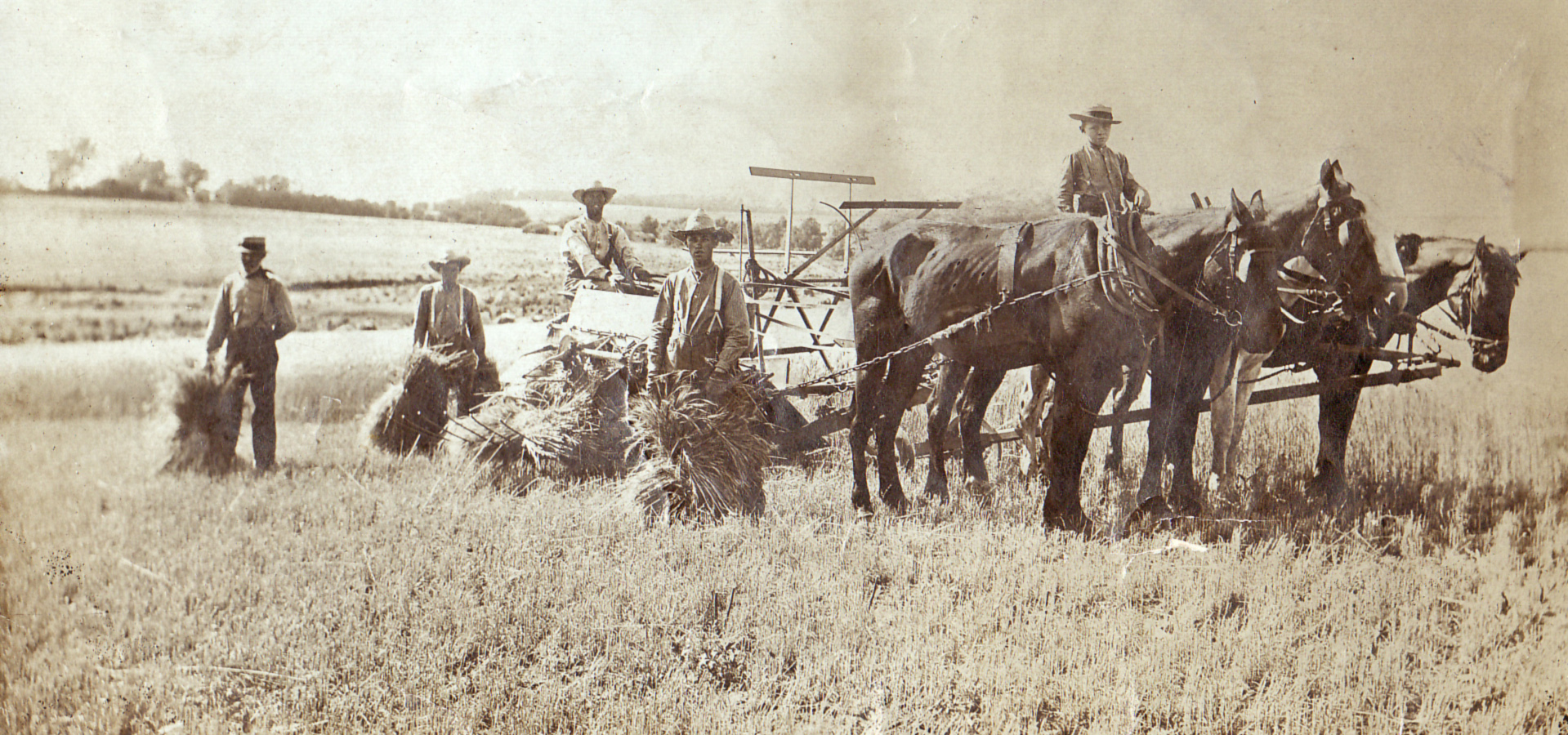Agwired sponsor GROWMARK announced several staff changes this week in the company, all effective February 1.
 Marshall Bohbrink has been named GROWMARK vice president, finance and risk management, and chief financial officer, and he will also continue to serve as treasurer. Marshall has more than 34 years of GROWMARK System experience, including positions in treasury, insurance, accounting, and order processing. Most recently, he served as vice president, risk management and treasurer since 2008.
Marshall Bohbrink has been named GROWMARK vice president, finance and risk management, and chief financial officer, and he will also continue to serve as treasurer. Marshall has more than 34 years of GROWMARK System experience, including positions in treasury, insurance, accounting, and order processing. Most recently, he served as vice president, risk management and treasurer since 2008.
Ali Dunlap has been named GROWMARK crop protection supply manager. In her new role, Ali will be responsible for various aspects of acquisitions by working with business leaders to forecast and procure needed crop protection goods with qualified suppliers, as well as developing and preparing short and long range procurement plans for crop protection products. Prior to this promotion, she worked in the FS Seed Division as the seed product and shipping specialist.
Joe Sisco has been named GROWMARK area sales manager for the Plains Region, where he will be responsible for agronomy product sales accounts in northwest Iowa, Nebraska, South Dakota, and Kansas, as well as developing and implementing marketing strategies, pursuing new business opportunities, and providing competitive analysis in this area. Joe has a bachelor’s degree in agricultural education from the University of Nebraska and holds a Certified Crop Adviser certification.
Matt Busby has been named general manager, Lincoln Land FS, Inc., succeeding Keith Hufendick, who has accepted the general manager position at Two Rivers FS, Inc. Matt has held various positions in the GROWMARK System, including Certified Crop Specialist and marketing manager for three member cooperatives: Servco FS, Antigo, WI; BLACKHAWK FS, Amboy, IL; and Piatt County Service Company, Monticello, IL. He served as general manager of Piatt County Service Company since 2006.
Agwired offers congratulations to all and hope to meet you down the road as we continue to learn more about GROWMARK to share with our readers.



 Ice, snow and freezing temperatures mean lots of extra work to feed and water cattle and there were lots of producers who were unable to make the trip to Denver last week for the
Ice, snow and freezing temperatures mean lots of extra work to feed and water cattle and there were lots of producers who were unable to make the trip to Denver last week for the 


 Bryce Stremming is one of MID-CO’s Commodity Risk Consultants. “What MID-CO keys on is basis trading within the grain industry and as the market moves up and down, you have different opportunities with the basis on whether it is improving or not,” Bryce told Agwired during a recent interview.
Bryce Stremming is one of MID-CO’s Commodity Risk Consultants. “What MID-CO keys on is basis trading within the grain industry and as the market moves up and down, you have different opportunities with the basis on whether it is improving or not,” Bryce told Agwired during a recent interview. At a recent grower seminar in Chicago,
At a recent grower seminar in Chicago,  This year marks the 38th anniversary of
This year marks the 38th anniversary of 